Millions of Exim servers vulnerable to root-granting exploit
The internet’s most popular email server impacted by second major bug this summer.
Continue reading…The internet’s most popular email server impacted by second major bug this summer.
Continue reading…
Porsche has poured more than $1 billion into the development of its first all-electric vehicle, a sleek four-door specimen that marks the beginning of a new chapter for the German automaker and its biggest bet in more than a generation.
On Wednesday, in three simultaneous events in Canada, China and Germany, Porsche finally introduced the world to the vehicle that has been more than four years in the making. TechCrunch was on hand for the reveal in Canada, a splashy event held in a building erected just for the occasion on the edge of Niagara Falls. It was here that Porsche showed off not one, but two flavors of the Taycan.
Behold, the Porsche Taycan Turbo S and Porsche Taycan Turbo, two electric machines with the styling, power and performance one would expect from the German automaker. Oh, and range between 250 and 280 miles, depending on the variant.
Both of these Taycans fall into the more expensive, more powerful category of its upcoming portfolio, with base prices of $185,000 and $150,900, respectively.
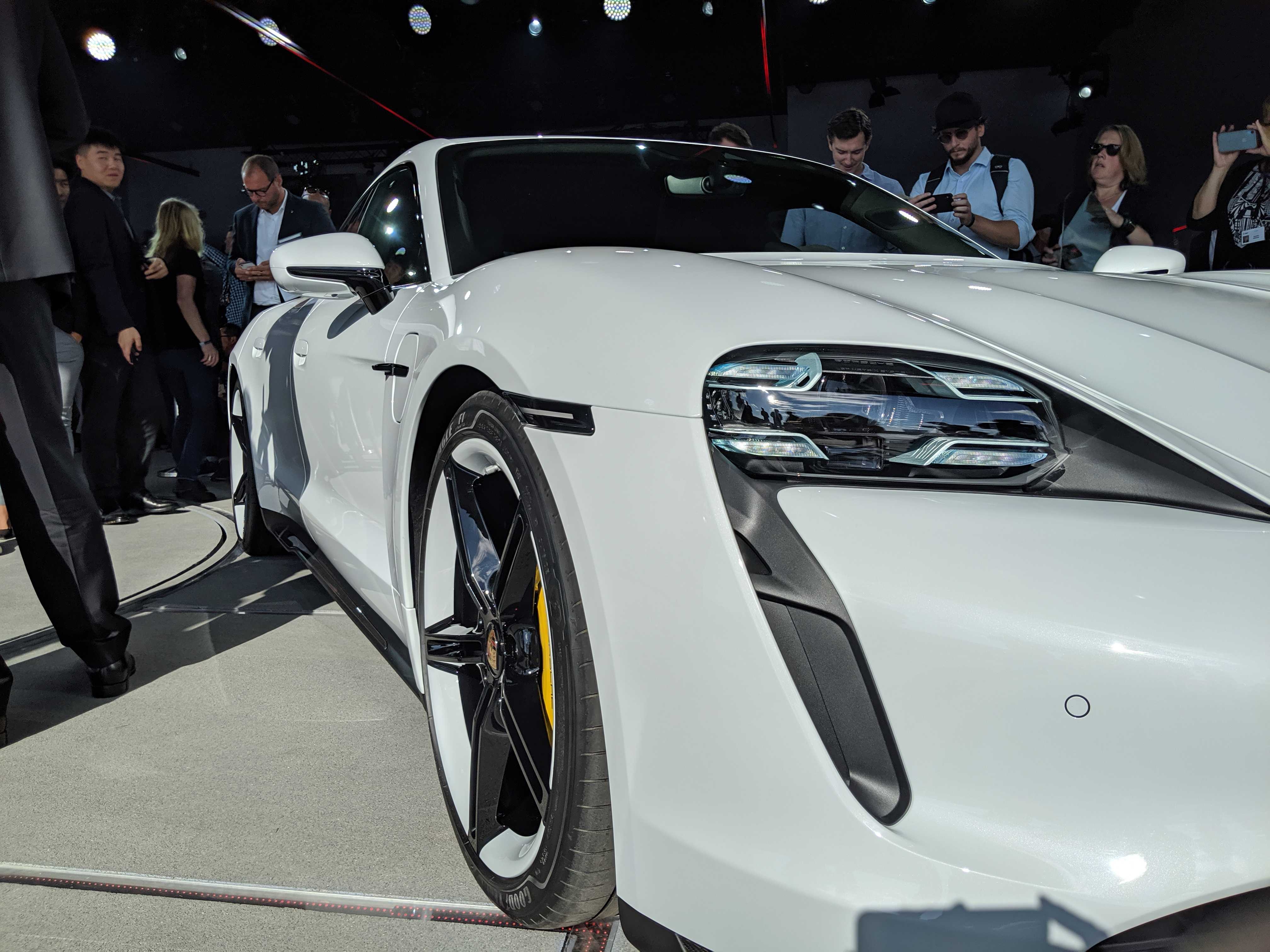
All three Porsche Taycan events were staged near renewable energy installments — hydropower at Niagara Falls in Canada, solar in Neuhardenberg near Berlin and a wind farm on Pingtan Island, less than a mile from the Chinese city of Fuzhou — a physical symbol of Porsche’s move to electrification.
“The Taycan stands for the change necessary for Porsche to remain Porsche,” Detlev von Platen, Porsche AG board member of sales and marketing said during the presentation.
And it’s not stopping at the Taycan. By 2025, half of all Porsche vehicles will be electrified, according to von Platen.

Less powerful variants (and therefore less expensive) of these all-wheel drive vehicles will follow this year, and the first derivative to be added will be the Taycan Cross Turismo at the end of 2020.
The Taycan may represent a new direction for the automaker, but there’s still no mistaking this electric vehicle for a Porsche. The Taycan has a big and low stance with a body line that still looks and feels like a Porsche. Bigger than a 911 and smaller than a Panamera, the body of the Taycan is wide and flat with contoured wings and a sporty roof that slopes down to the sharply emphasized and classic Porsche rear.
Inside is the good stuff. Both the Porsche Taycan Turbo S and Porsche Taycan Turbo are outfitted with two electric motors, one on the front axle and one on the rear axle, a two-speed transmission installed on the rear axle, and an 800-volt architecture — the same technology that helped the company’s 919 Hybrid win the 24 Hours of Le Mans three times in a row.
The interior of the Taycan, which was revealed last month, includes a sleek all-digital dashboard clearly inspired by the 1963 Porsche 911.
Now to the power. The flagship Turbo S version of the Taycan can generate up to 750 horsepower (560 kW) of power in combination with “launch control” and overboost features that translate into accelerating from zero to 60 miles per hour in 2.8 seconds. The Taycan Turbo can produce up to 670 horsepower (500 kW), allowing it to go from a standstill to 60 mph in 3 seconds. Both vehicles have a top track speed of 161 mph.
The Taycan is ready for the race track,” Stefan Weckbach, vice president of the Taycan and Porsche Battery Electric Vehicle Product Line, said during the event Wednesday.
And then there’s the 800-volt system, double the more commonly used 400 volt architecture found in other electric vehicles. The 800-volt system allows the Taycan to charge from 5% to 80% in 22.5 minutes with a maximum charging power of up to 270 kw. The vehicle’s 800-volt system will allow the Taycan to add 62 miles of charge in a snappy five minutes, Weckbach said.
The overall capacity of the 800V high-voltage battery is 93.4 kWh. Porsche is throwing in three years of free charging at hundreds of Electrify America public stations that will blanket the U.S. in the coming months.
The EPA range estimate for the North American market is pending for both vehicles. Under Europe’s WLTP estimates, the Turbo S can travel 256 miles on a single charge, while the Turbo has a range of 280 miles.
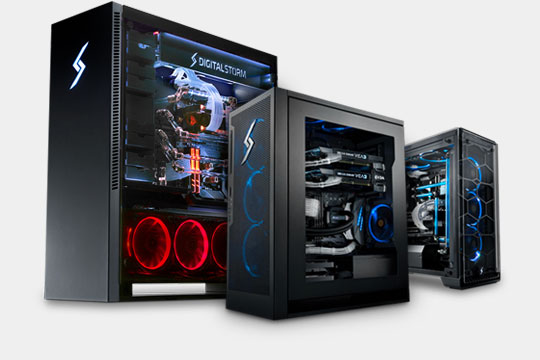
Think Apple’s new Mac Pro is pricey? Here’s an ultra high-spec Windows 10 workstation that will set you back $73,000.
When you get to a certain spec with PCs, especially workstations, it’s less a case of how fast you want it to go, and more a case of how fast do you want to spend money.
So, how fast can you spend over $75,000 on a workstation? Well, the controversy over the price of the appel’s new mac pro got me wondering just how much an ultra high-end Windows 10-based workstation would set you back.
If you’re sensitive to big price tags, you might want to take a seat before reading any further.
Titan Computers is a US-based manufacturer of workstations and servers, and its online store allows you to build monster systems that can handle pretty much any task you can throw at them.
For this experiment I started with a Titan X650, a Xeon-based workstation that has a starting price of $12,350. And for that you get a very impressive spec indeed:
OK, that’s pretty cool, but we can do better.
Much better.
Total: $75,008
With macOS Catalina, Apple is replacing iTunes with three separate apps: Music, TV, and Podcasts. What does that mean for your files, and what about those on Windows PCs? Here’s what you need to know about the demise of iTunes.
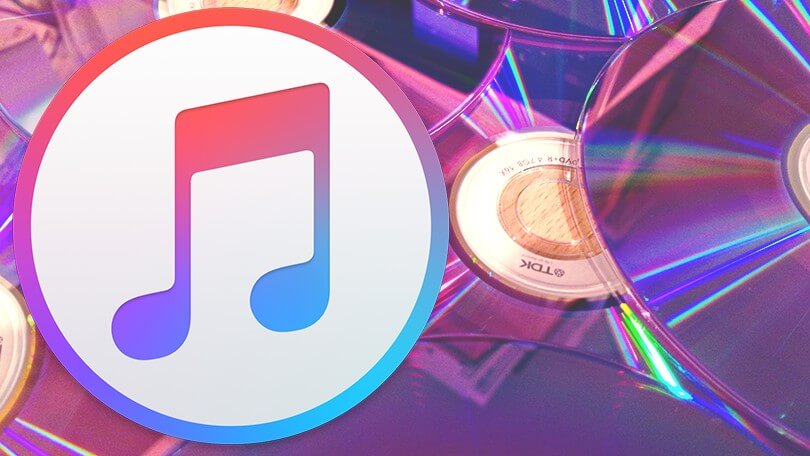
As expected, Apple announced the demise of iTunes at WWDC 2019 this week, but it’s not as simple as killing the aging software and calling it a day.
Apple’s iTunes has been its primary media library, media player, and iPhone management tool since 2001, but with the release of macOS Catalina, it will be going away for good, at least on Macs. Naturally, this creates a lot of questions. Here’s what you need to know.
The short and easy answer is yes, iTunes will be eliminated as a standalone app with the next update to macOS. That’s expected in the fall of 2019, when Catalina arrives to replace Mojave.
Instead of having one app that handles all your music, movies, TV, and podcasts, Apple will split iTunes into three separate programs. Much like it is on iOS devices, music will be handled by Apple Music, TV and movies will be housed inside Apple TV, and podcasts will live on Apple Podcasts.
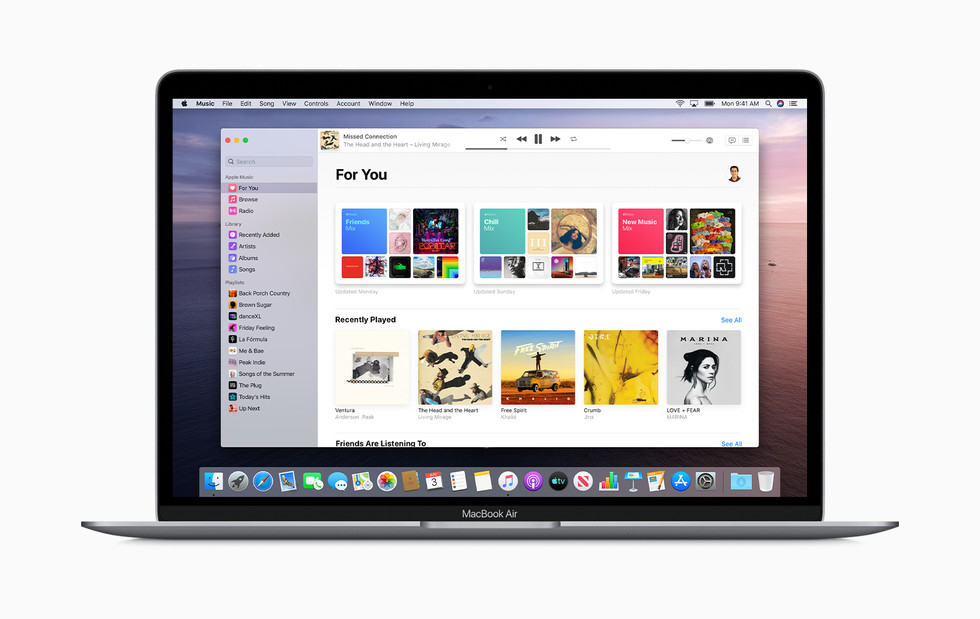
Apple has a streaming music service now, but we’ve probably all purchased a song or album via iTunes over the years. What happens to that music when iTunes dies?
When the new Apple Music app replaces iTunes in the fall, all your purchases will transfer over. Like you do on iPhone, you’ll open the Apple Music app on the Mac, where you can find songs you’ve bought. If you imported CDs and created playlists in iTunes, they’ll be there too. If you want to buy more music, the iTunes Music Store will be accessible via the Apple Music app.
Similarly, if you purchased movies, TV episodes, or TV seasons, they’ll move to the Apple TV app, where you’ll also be able to rent or buy new TV shows or movies.
Podcasts will show up in the Apple Podcasts app, while audiobooks from iTunes will live in Apple Books.

Apple now allows for iCloud backups, but some of us prefer to back up via iTunes, particularly when our devices are acting up.
Once iTunes is eliminated on macOS, the Finder app will handle backups. “When users connect a device to their Mac, it will immediately show up in the sidebar of Finder, enabling them to backup, update or restore their device,” Apple says.
While this is a big change for Mac users, the same can’t be said for those on Windows devices. Apple is not killing iTunes for Windows, and your media library will not be broken up into three separate apps. You can still store all media on iTunes, connect your mobile device to iTunes, and back up your phone on iTunes.
This may be good news for those who don’t like change, but if all goes well on macOS, Apple will likely do the same for Windows in the future. After all, iTunes was initially a Mac-only app before launching on Windows in 2003.
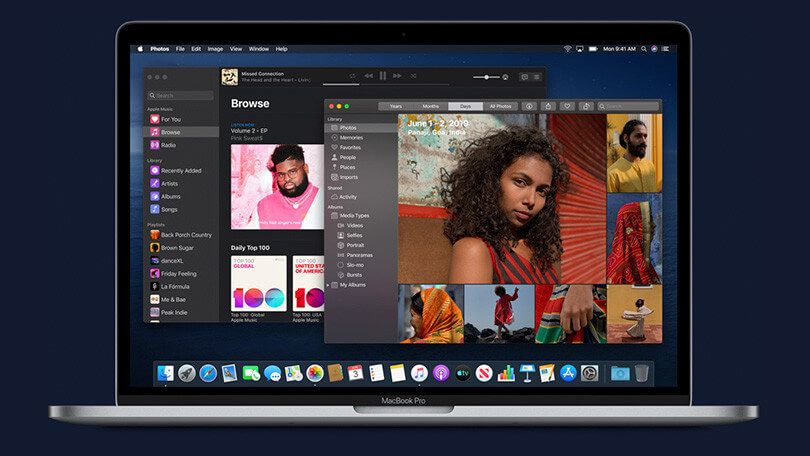
You’ll have to wait until the fall to get macOS Catalina and ditch iTunes. If you want it right this second, you’ll have to become an Apple developer (which costs $99 per year).
To avoid paying, you can sign up for the public beta, which is expected next month.
Keep in mind that both versions will be pre-release software, so there will be bugs. If possible, you should install it on a secondary Mac in case anything goes awry.
Around since 2001, iTunes hasn’t aged well. Apple prides itself on streamlined experiences and sleek interfaces, but iTunes has become a digital eyesore, bloated with too many services.
On iOS and the upcoming iPadOS, meanwhile, Apple has already separated music, TV, and podcasts into three apps. So it makes sense for Apple to bring its desktop OS more in line with mobile

WhatsApp has so far relied on past dealings with bad players within its platform to ramp up its efforts to curtail spam and other automated behavior. The Facebook -owned giant has now announced an additional step it plans to take beginning later this year to improve the health of its messaging service: going after those whose mischievous activities can’t be traced within its platform.
The messaging platform, used by more than 1.5 billion users, confirmed on Tuesday that starting December 7 it will start considering signals off its platform to pursue legal actions against those who are abusing its system. The company will also go after individuals who — or firms that — falsely claim to have found ways to cause havoc on the service.
The move comes as WhatsApp grapples with challenges such as spam behavior to push agendas or spread false information on its messaging service in some markets. “This serves as notice that we will take legal action against companies for which we only have off-platform evidence of abuse if that abuse continues beyond December 7, 2019, or if those companies are linked to on-platform evidence of abuse before that date,” it said in an FAQ post on its site.
A WhatsApp spokesperson confirmed the change to TechCrunch, adding, “WhatsApp was designed for private messaging, so we’ve taken action globally to prevent bulk messaging and enforce limits on how WhatsApp accounts that misuse WhatsApp can be used. We’ve also stepped up our ability to identify abuse, which helps us ban 2 million accounts globally per month.”
Earlier this year, WhatsApp said (PDF) it had built a machine learning system to detect and weed out users who engage in inappropriate behavior, such as sending bulk messages or creating multiple accounts with intention to harm the service. The platform said it was able to assess the past dealings with problematic behaviors to ban 20% of bad accounts at the time of registration itself.
But the platform is still grappling to contain abusive behavior, a Reuters reportclaimed last month. The news agency reported about tools that were readily being sold in India for less than $15 that claimed to bypass some of the restrictions that WhatsApp introduced in recent months.
TechCrunch understands that with today’s changes, WhatsApp is going after those same set of bad players. It has already started to send cease and desist letters to marketing companies that claim to abuse WhatsApp in recent months, a person familiar with the matter said.
A partnership between Volkswagen and self-driving vehicle startup Aurora has ended, according to a report by the Financial Times, citing three people familiar with the matter.
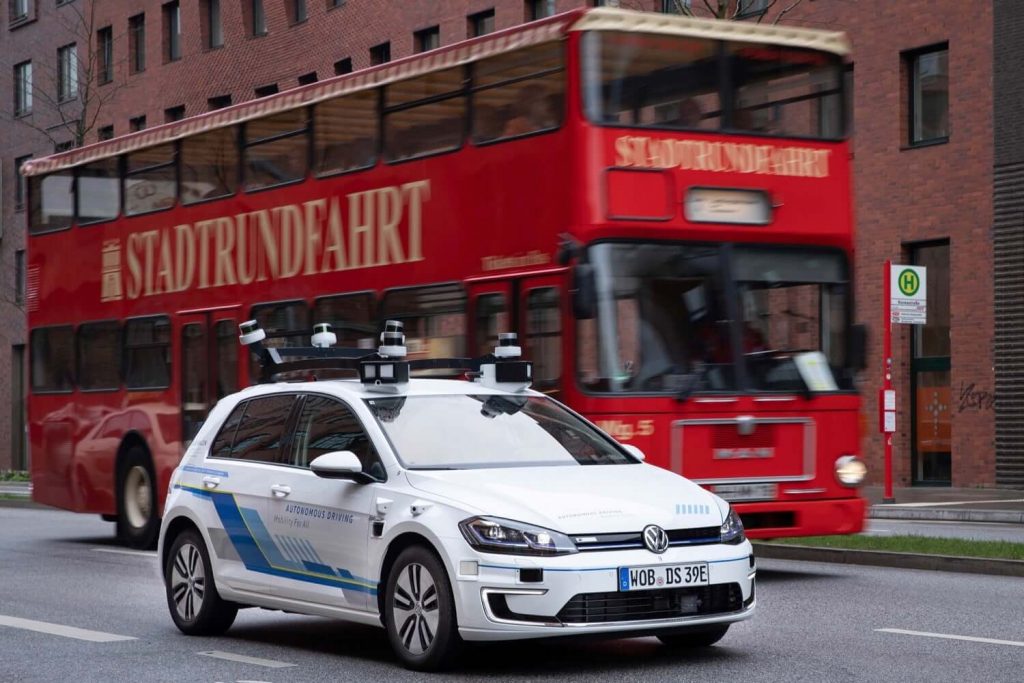
It is a capital improvement project the size of the entire planet, replacing one wireless architecture created this century with another one that aims to lower energy consumption and maintenance costs. It’s also a huge gamble on the future of transmission technology, doubling down on consumers’ willingness to upgrade.
Last September, consumers began to see the first service bundles offered by telecommunications companies in their area, marketed with some form of the term “5G.” “5G is here,” declared Verizon CEO Hans Vestberg, specifically for cities such as Sacramento, Los Angeles, and Indianapolis where rival AT&T had already been drumming up excitement around its 5G trials.
It was a bit like SpaceX’s 2016 announcement, its 2017 announcement, and its 2018 announcement that the race to Mars had begun.
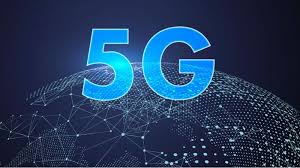
5G Wireless technology is an explicit set of technologies specified by the 3rd Generation Partnership Project (3GPP) as “Release 15” and “Release 16.” 3GPP is an organization consisting of essentially all the world’s telecommunications standards bodies who agreed to share the definition of 3G Wireless, and to move on from there to next-generation networks. Today, 3GPP specifies which technologies constitute 5G Wireless and, by exclusion, which do not.
The 5G Wireless standard aims to be global — which is the hard part, because each participating country (e.g., China, Russia, South Korea) or amalgamated body of countries (e.g., the EU, the UN) will maintain its own definition of 5G networks, its own concepts of 5G speeds, and its own regulations for where 5G transmissions may take place. In November 2018, the US Federal Communications Commission began an auction for exclusive segments of spectrum in the 28 GHz band, soon to be followed by bids in the 24 GHz band, for exclusive use by the winning bidders. The following month, the FCC unanimously approved a plan to make more spectrum in the 37 GHz, 39 GHz, and 47 GHz bands available for the highest-speed communications tier for 5G Wireless, called millimeter-wave (mmWave).
But a good part of the 5G plan involves multiple, simultaneous antennas, some of which utilize spectrum that telcos agree to share with one another (for instance, the 3.5 GHz band in the US) as well as unlicensed spectrum that regulators such as the FCC keep open for everyone at all times (areas between 5 GHz and 7 GHz, and 57 GHz to 71 GHz). Among the technologies inside the 5G umbrella are systems enabling transmitters and receivers to arbitrate access to unused channels in the unlicensed spectrum, much the way 802.11ac Wi-Fi devices do now.
The Swedish equipment maker also forecasts that 45% of the world’s population will have 5G coverage by 2024.
Continue reading…